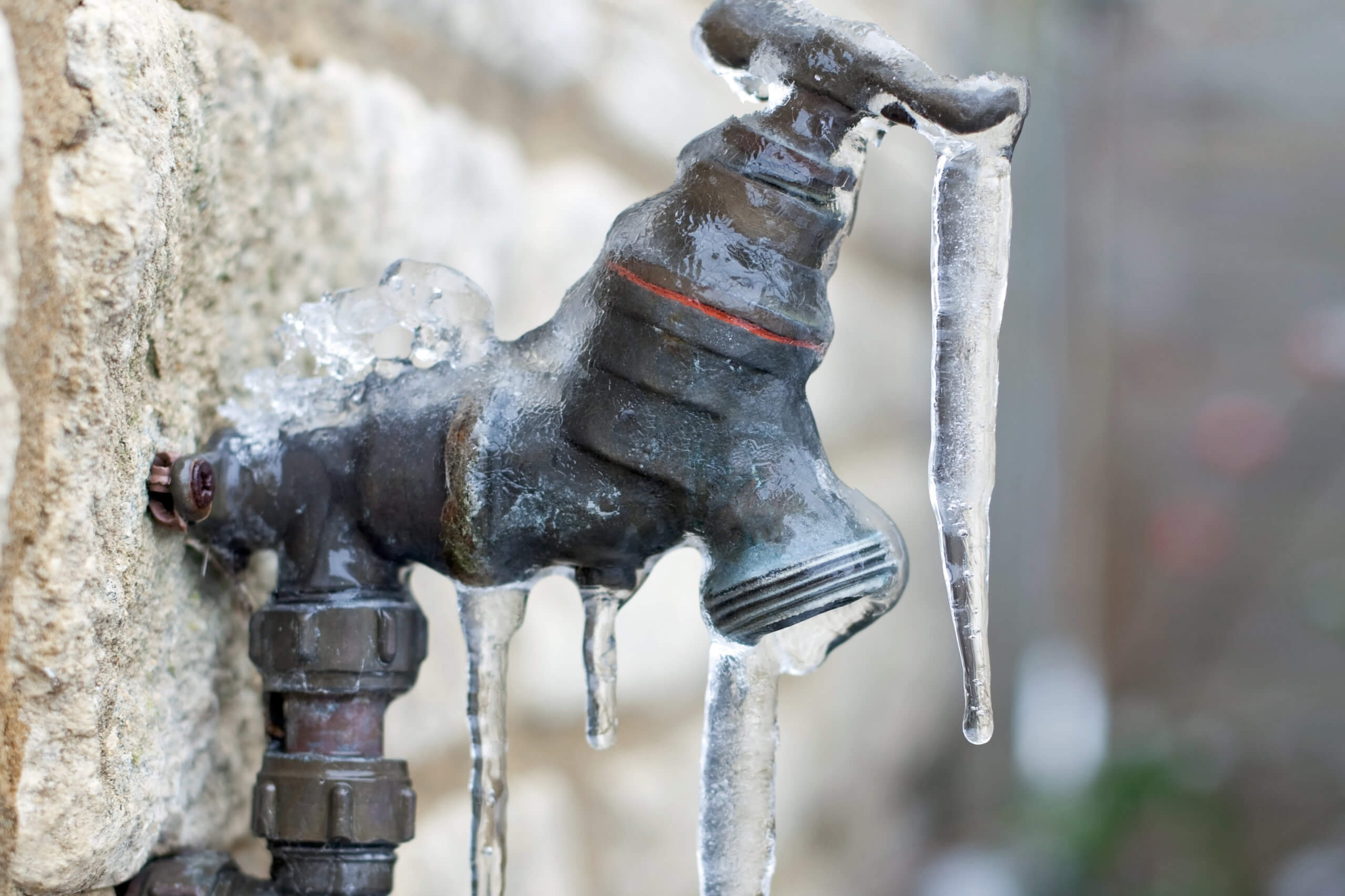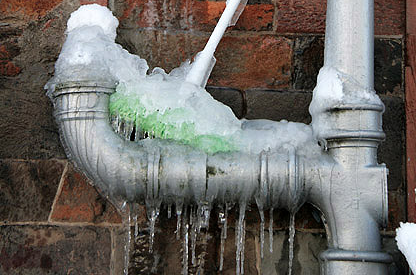Preventing Pipes from Cold Weather: Top Strategies
Preventing Pipes from Cold Weather: Top Strategies
Blog Article
Just how do you really feel in regards to Helpful Tips to Prevent Frozen Pipes this Winter?

Winter can wreak havoc on your plumbing, specifically by freezing pipelines. Right here's how to avoid it from taking place and what to do if it does.
Introduction
As temperature levels decline, the threat of icy pipes boosts, possibly resulting in pricey fixings and water damage. Comprehending how to avoid icy pipelines is crucial for homeowners in chilly climates.
Understanding Icy Pipelines
What causes pipes to freeze?
Pipelines ice up when revealed to temperature levels listed below 32 ° F (0 ° C) for extended durations. As water inside the pipes ices up, it expands, putting pressure on the pipeline walls and potentially creating them to rupture.
Dangers and damages
Icy pipelines can result in water disturbances, residential property damage, and pricey fixings. Burst pipelines can flood homes and cause considerable structural damage.
Indicators of Frozen Pipes
Determining frozen pipes early can prevent them from bursting.
How to identify frozen pipes
Look for decreased water flow from faucets, uncommon odors or sounds from pipelines, and noticeable frost on revealed pipes.
Prevention Tips
Insulating prone pipes
Cover pipelines in insulation sleeves or make use of warm tape to protect them from freezing temperature levels. Focus on pipelines in unheated or outside areas of the home.
Home heating methods
Maintain interior spaces appropriately warmed, specifically locations with plumbing. Open cabinet doors to permit warm air to circulate around pipes under sinks.
Safeguarding Outdoor Plumbing
Yard hose pipes and outdoor taps
Separate and drain yard tubes before winter. Set up frost-proof spigots or cover exterior faucets with shielded caps.
What to Do If Your Pipes Freeze
Immediate activities to take
If you suspect icy pipelines, keep faucets available to eliminate pressure as the ice melts. Use a hairdryer or towels taken in hot water to thaw pipes slowly.
Long-Term Solutions
Architectural changes
Think about rerouting pipelines away from exterior wall surfaces or unheated locations. Include extra insulation to attic rooms, cellars, and crawl spaces.
Upgrading insulation
Purchase premium insulation for pipes, attic rooms, and walls. Appropriate insulation assists preserve constant temperature levels and minimizes the danger of icy pipelines.
Conclusion
Preventing icy pipelines needs positive procedures and quick responses. By understanding the reasons, signs, and preventive measures, property owners can secure their plumbing throughout winter.
Helpful Tips to Prevent Frozen Pipes this Winter
UNDERSTANDING THE BASICS: WHY PIPES FREEZE AND WHY IT’S A PROBLEM
Water freezing inside pipes is common during the winter months, but understanding why pipes freeze, and the potential problems it can cause is crucial in preventing such incidents. This section will delve into the basics of why pipes freeze and the associated problems that may arise.
THE SCIENCE BEHIND FROZEN PIPES
When water reaches freezing temperatures, it undergoes a physical transformation and solidifies into ice. This expansion of water as it freezes is the primary reason pipes can burst. As the water inside the pipe freezes, it expands, creating immense pressure on the walls. If the pressure becomes too great, the pipe can crack or rupture, leading to leaks and water damage.
FACTORS THAT CONTRIBUTE TO PIPE FREEZING
Low Temperatures: Extremely cold weather, especially below freezing, increases the risk of pipes freezing. Uninsulated or Poorly Insulated Pipes: Pipes located in unheated areas, such as basements, crawl spaces, or attics, are more prone to freezing. Insufficient insulation or lack of insulation altogether exacerbates the problem. Exterior Wall Exposure: Pipes running along exterior walls are susceptible to freezing as they encounter colder temperatures outside. Lack of Heating or Temperature Regulation: Inadequate heating or inconsistent temperature control in your home can contribute to frozen pipes. PROBLEMS CAUSED BY FROZEN PIPES
- Pipe Bursting: As mentioned earlier, the expansion of water as it freezes can cause pipes to burst, resulting in significant water damage.
- Water Damage: When pipes burst, it can lead to flooding and water damage to your property, including walls, ceilings, flooring, and personal belongings.
- Structural Damage: Prolonged exposure to water from burst pipes can compromise the structural integrity of your home, leading to costly repairs.
- Mold and Mildew Growth: Excess moisture from water damage can create a favorable environment for mold and mildew growth, posing health risks to occupants.
- Disrupted Water Supply: Frozen pipes can also result in a complete or partial loss of water supply until the issue is resolved.
WHY CERTAIN PIPES ARE MORE PRONE TO FREEZING
- Location: Pipes located in unheated or poorly insulated areas, such as basements, crawl spaces, attics, or exterior walls, are at higher risk of freezing.
- Exterior Pipes: Outdoor pipes, such as those used for irrigation or exposed plumbing, are particularly vulnerable to freezing as they are directly exposed to the elements.
- Supply Lines: Pipes that carry water from the main water supply into your home, including the main water line, are critical to protect as freezing in these lines can affect your entire plumbing system.
- Underground Pipes: Pipes buried underground, such as those connected to sprinkler systems or outdoor faucets, can be susceptible to freezing if not properly insulated.
https://busybusy.com/blog/helpful-tips-to-prevent-frozen-pipes-this-winter/

As a devoted person who reads about Winter Plumbing Precautions: Preventing Frozen Pipes, I figured sharing that piece of content was essential. Are you aware of another person who is excited by the subject? Be sure share it. We cherish reading our article about Winter Plumbing Precautions: Preventing Frozen Pipes.
Website Report this page